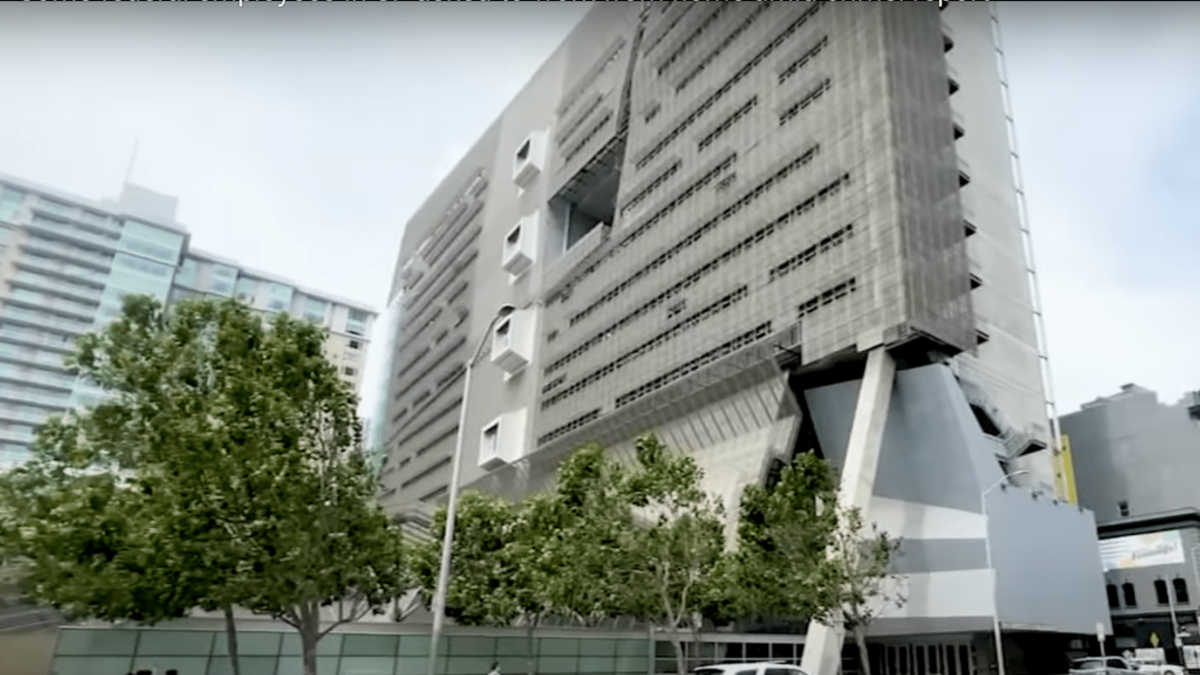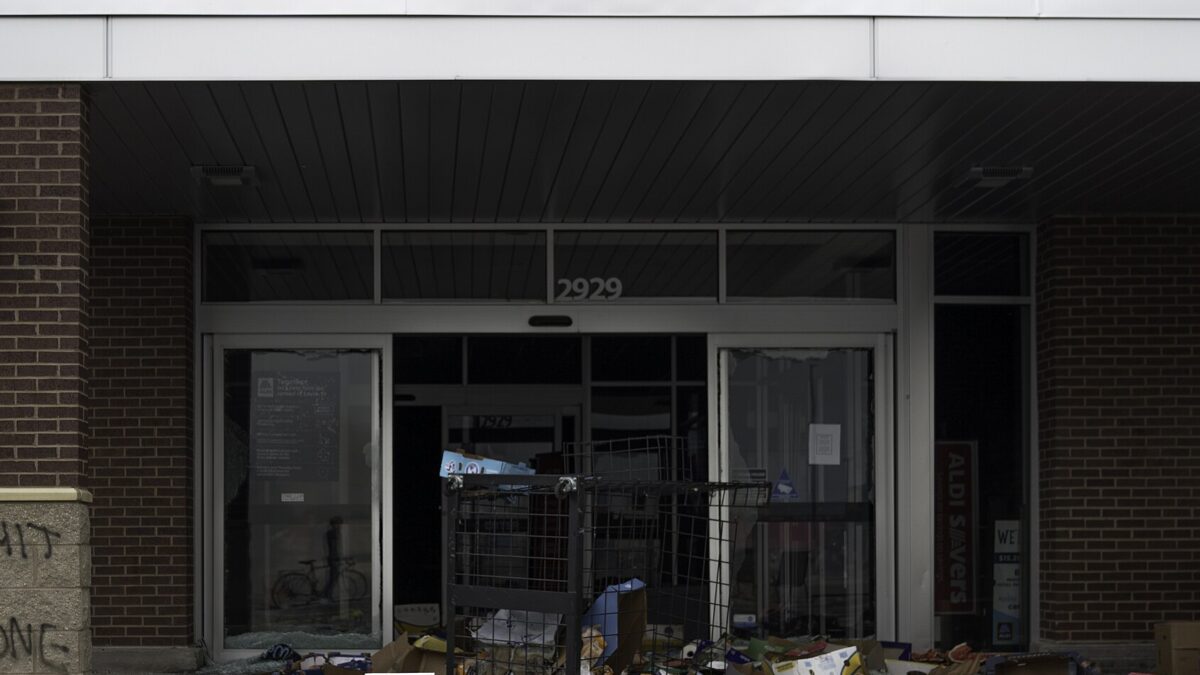President Joe Biden pushed for federal workers to return to their respective offices in August, but hundreds of bureaucrats assigned to work in the Speaker Nancy Pelosi Federal Building in downtown San Francisco were told to stay home “for the foreseeable future” to avoid the rising crime, violence, and drugs plaguing the plaza.
“According to its designer, the building was set up to represent ‘the way government should be and how the workplace should be,’” Ernst wrote in a letter to General Services Administration (GSA) Administrator Robin Carnahan. “Ironically, the Nancy Pelosi Federal Building is instead a symbol of the way government doesn’t work, with offices and workplaces largely empty due to drug and crime problems resulting from the misguided policies of the state and city governments.”
Built in 2007, the building was renovated thanks to millions of taxpayer dollars in 2021 and renamed after Pelosi thanks to an earmark in Democrats’ 2022 $1.7 trillion spending package. Nevertheless, it has become an abandoned symbol of the consequences of the unchecked crime that often plagues Democrat-run cities.
“Almost since day one, [locals have] complained that the plaza conceived as a community hub was uninviting at best, squalid and dangerous at worse,” the San Francisco Chronicle noted.
Even the 18-story tower’s namesake Democrat Rep. Nancy Pelosi “raised concerns about the building’s tenant safety.”
Conditions in downtown San Francisco became so bad that workers in the Department of Health and Human Services were warned against risking their safety to show up in the office building where Departments of Labor, Agriculture, and Transportation, the Social Security Administration, and even a “day care center” also have designated workspaces.
“The plaza is a dangerous, open-air drug market, with addicts shooting up, snorting, and smoking drugs in plain view,” Ernst wrote. In an announcement awarding her monthly “squeal award” for government waste to San Francisco’s pro-crime politicians, Ernst described the building as a “haunted house” where “[z]ombie-like bodies with blank stares shake and stumble about aimlessly” and “[d]eadly potions are passed around and sharp needles poke up from the ground.”
In her letter to Carnahan, she pointed out that druggies often hang out on public benches and “used needles litter the ground.”
“Overdosing is ‘a commonplace horror,’ with nearly 150 suspected overdoses—including more than 30 deaths—on the block surrounding the Federal Building reported in the first half of this year,” Ernst warned.
Instead of encouraging the Democrat politicians running the state and city to do something about the illicit activities surrounding the office space, the Federal Protective Service responded to the increase in overdoses by arming its agents with Narcan, an over-the-counter nasal spray that can be used to treat an opioid overdose. The agents originally tasked with guarding the building against the plethora of threats lurking outside ultimately received training on “how to administer the prescription drug when necessary.”
Ernst also noted in her letter that the protective “fencing” erected around the building hasn’t deterred drug dealers from congregating.
“Dozens of dealers show up daily, one of which opened fire with a gun near the building recently,” Ernst wrote.
The federal employees with the guts to be “escorted into the building” to work “report having knives pulled on them and one was chased with a hammer.”
“It’s extremely concerning that the city’s inability to control crime is endangering civil servants, children, and visitors,” Ernst emphasized. “With at least five other federal facilities within the San Francisco area and GSA reportedly utilizing only about ten percent of its available office space, perhaps the Speaker Pelosi Federal Building should be shuttered for the foreseeable future with its workers relocated where taxpayers can interact with government agencies face-to-face without fearing for their lives.”
Ernst asked the GSA to report back to her with information about how many federal workers are assigned to the Pelosi building, how many of these employees brave the crime-ridden scenes every week to work, as well as a “detailed description of the number and manner of any threats or crimes reported against” people who frequent the government establishment.
Ernst’s concern that the Pelosi building has become an even bigger taxpayer drain since its inception also led her to question how much the government is spending on keeping employees in the Pelosi building safe and how many other federal buildings have wasted space dedicated to employees who feel safer working from home.
This isn’t Ernst’s first effort to scrutinize the government’s decision to keep employees working from home. In August, she asked inspector generals to investigate the efficiency of taxpayer-funded federal telework.
In January, Ernst discovered greedy bureaucrats in the Internal Revenue Service, Transportation Security Administration, Federal Emergency Management Agency, United States Postal Service, Amtrak, and the Secret Service defrauded American taxpayers out of millions of dollars by double dipping Covid unemployment funds and wage assistance programs while they worked from home.









